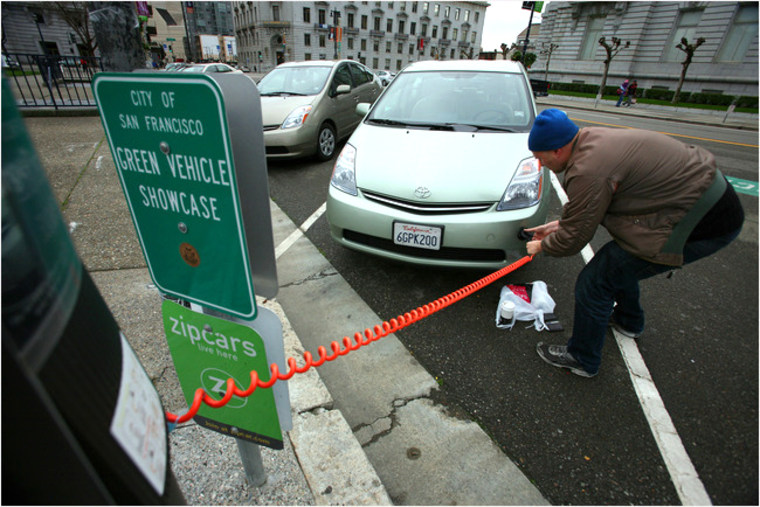Tesla Motors might have scored its first-ever profit during the first quarter, but sales of plug-in vehicles are lagging below expectations, which analysts blame on the high price of battery-based vehicles as well as their limited range.
But the nascent electric vehicle market may get a big boost if a new study from IMS Research proves on target. It predicts the number of EV charging stations will grow from a mere 135,000 worldwide in 2011 to as many as 10.7 million in 2020, with the fastest growth likely to occur in the U.S., China, Japan and Germany.
Read more at The Detroit Bureau: Revived Acura NSX Supercar Will be Built in US
"While (EV and plug-in hybrid sales) volumes may not reach the levels imagined in the hype of 2009, it is clear that there needs to be charging infrastructure in place to support this change in mobility," says Alastair Hayfield, associate director at IMS Research.
While the study warns of “roadblocks” that could delay this rollout, the study stresses the availability of charging stations is the best way to address the issue of “range anxiety,” fear that today’s battery vehicles won’t have enough power to get to their destination and back.
Read more at The Detroit Bureau: Revived Acura NSX Supercar Will be Built in US
While plug-based vehicles are more efficient than conventional gasoline-powered automobiles, even the most advanced battery packs can only hold a fraction of the energy in a tank of gasoline. In fact, it would take nearly 700 pounds of the most advanced of today’s lithium-ion batteries to store the same amount of power in a single gallon of gasoline.
As a result, most of today’s battery-electric vehicles have a maximum range of around 100 miles per charge, while plug-in hybrids typically get between 15 and 35 miles between charges. The rare exceptions include the Tesla Model S with its extended battery pack. That version gets nearly 300 miles range – but costs nearly $100,000.
Read more at The Detroit Bureau: Share Price Soaring, Tesla Offers More Stock to Pay Off Fed Loan
Even then, Tesla has begun taking steps of its own to deal with range anxiety, the California-based maker beginning to set up a network of so-called “supercharger,” or super-fast, battery chargers.
There are currently 5,894 EV charging stations in the U.S., reports the Department of Energy – not including those in private homes.
Read more at The Detroit Bureau: Kia Nudges Into Luxury Market with New Cadenza
The national charging grid will likely expand to include significantly more private chargers, community-owned facilities – New York hopes to add at least 10,000 public spaces with access to chargers over the next seven years – chargers set up by employers for workers, and for-profit charging facilities such as the network being established by Texas-based eVgo.
Skeptics warn the expansion of the charging infrastructure will be slower than anticipated. There are, for example, compatibility issues, particularly when it comes to high-speed, or Level III, charging systems. There are currently two different global standards, notes IMS Research.
Read more at The Detroit Bureau:Honda Will Build New Acura NSX Supercar in the US
And then there’s the basic chicken-and-egg problem. Until sales of plug-based vehicles pick up those who hold the purse strings may be reluctant to authorize the funds for more chargers.
So far, battery-electric vehicles and plug-in hybrids have barely gained a 0.5 percent share of the U.S. new vehicle market and demand is expected to fall far short of the 1 million vehicles the Obama Administration had hoped to have on the road by the end of 2014.
Read more at The Detroit Bureau:GM, Nissan Partner Up on New Chevy Truck
Meanwhile, several once-promising makers, including Coda and Bright Automotive, have folded shop while Fisker Automotive is expected to soon declare bankruptcy.
On the other hand, Tesla outperformed its own optimistic forecast during the first quarter and sales of the Nissan Leaf has been running ahead of expectations for the last several months following the maker’s decision to cut prices after launching production of the battery-car in the U.S.
